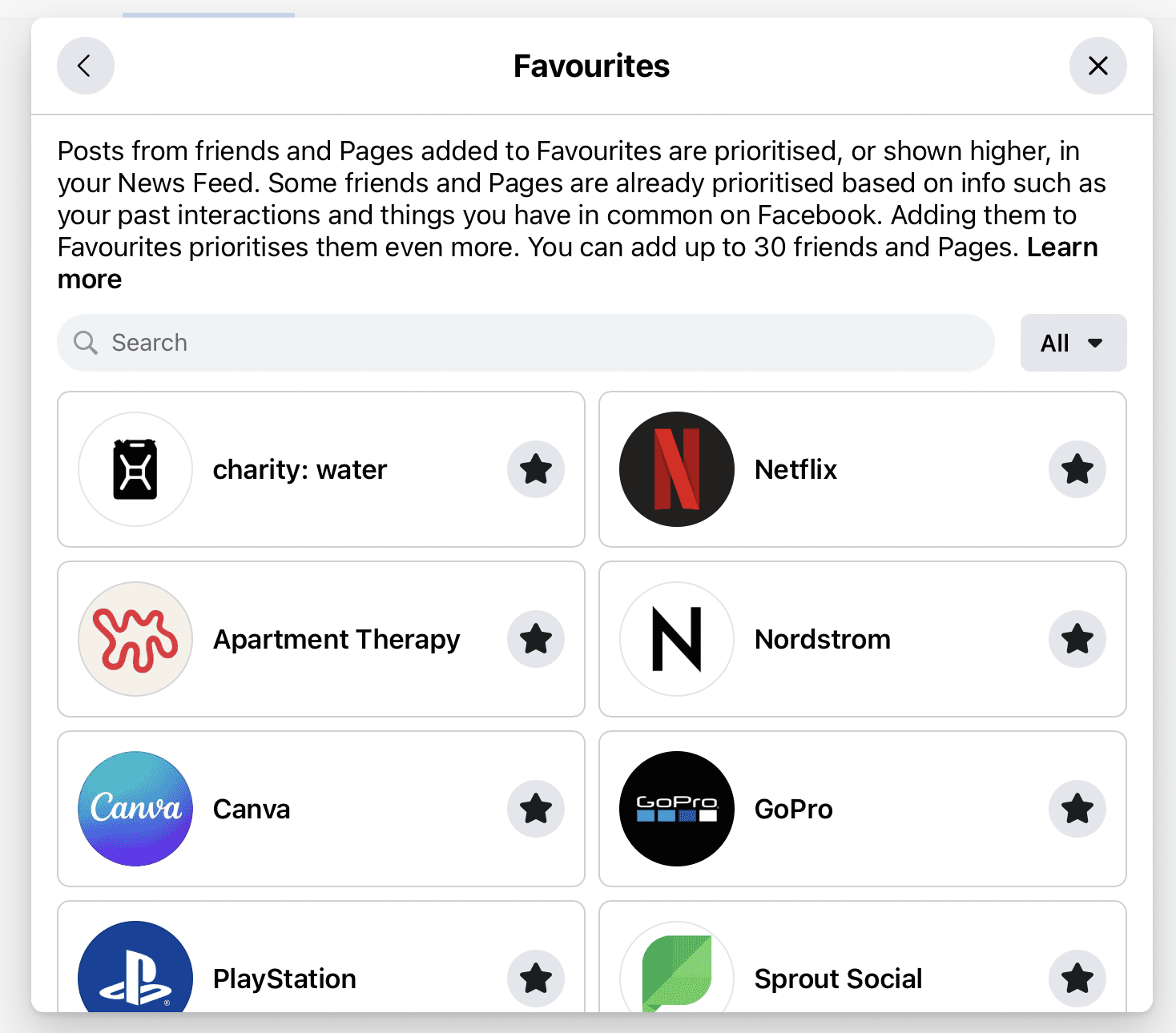Tired of feeling defeated by the Facebook algorithm? Don’t worry, you’re not alone. Many brands are scratching their heads trying to figure out how to keep up with all the updates. But, don’t let it get you down. Facebook is still the king of social media, with 71% of consumers and 65% of marketers planning to use it even more in the next year. The key to success on the platform? Outsmart the Facebook algorithm. That’s right, all you need to do is understand how it works. In this guide, we’ll give you the lowdown on the algorithm and show you how to use it to boost your strategy. Say goodbye to frustration and hello to Facebook success. It’s time to outsmart the algorithm and come out on top!
Facebook Algorithm
Hey there! Do you know that ever-changing Facebook algorithm that always seems to leave you confused? Well, it’s basically the mastermind behind what content you see in your Feed. It takes into account multiple factors to determine what’s most relevant for you. And, in its quest to fight misinformation, it’s also been cracking down on credible news sources lately. So, it’s all about providing a personalized experience for each and every user.
How the Algorithm Decides What You See
Gone are the days when the algorithm just showed you posts with the most Likes. Now, it’s all about personalized relevance. The Facebook algorithm uses four factors to curate your Feed:
1. Inventory: Facebook catalogs all the content that could appear in your Feed, from friends, Pages, and groups.
2. Signals: The algorithm assesses the relevance of each post based on thousands of signals. It considers who posted the content, how often you interact with them when they published the post and the current time. Facebook also takes into account the type of content and how you’ve interacted with similar posts in the past. This helps the algorithm understand the nature of the content and your behavior.
3. Predictions: Using the signals gathered, the algorithm makes predictions about what you want to see. It analyzes your past behavior to understand how likely you are to engage with a piece of content. For example, if you frequently interact with a friend’s posts, the algorithm will consider that a sign that you enjoy seeing content from that friend. Similarly, if you regularly watch and engage with videos from a Page about eco-friendly living, the algorithm will understand that you have an interest in this topic and are likely to engage with similar content.
4. Relevancy scoring: Posts are scored based on relevance, with higher scores leading to higher Feed visibility.
The Algorithm Changes

The Facebook algorithm has undergone various updates over the years. Facebook started providing context for why users are seeing specific posts and ads through the “Why am I seeing this post?” update in March 2019. In April 2019, the platform started limiting the reach of posts that were only popular on Facebook to fight misinformation. In May 2019, Facebook used surveys to gather feedback and make the algorithm more personalized. The same year, the platform focused on promoting original and high-quality videos and reducing the reach of videos that used engagement-baiting tactics. In March 2021, Facebook launched the “Favorites” tool, allowing users to add up to 30 friends and Pages to their feed, making it more prominent.
How to Outsmart the Facebook Algorithm
Post at the Perfect Time
Some data shows that the best times to post on Facebook are from Monday to Friday at 3 a.m., with 10 a.m. and noon on Tuesdays also being great times. Timing is a critical signal for the Facebook algorithm and it also considers the level of engagement a post receives. To optimize the performance of your posts, it’s important to send them at the right time when users are most likely to engage with them. However, these times may not always be perfect for everyone.
Originality and Quality
To effectively reach your audience on Facebook and beat the algorithm, it is essential to create content that the algorithm favors. One such type of content is high-quality and original videos. When it comes to video creation, it is best to share videos that you have produced and recorded yourself. This does not necessarily require a large budget for commercial-style videos. Instead, short clips from a longer YouTube video or even short videos shot on a phone can also work well. Moreover, the video should be of value to your audience, whether that be through providing information, education, or entertainment.
A great example of this type of content creation is the Milwaukee Country Zoo, which regularly shares short clips of its animals. These videos are not only entertaining to their audience, but they also receive a significant amount of engagement, often garnering hundreds of thousands of views and shares.
Roping in Employees and Brand advocates
This is the next key to overcoming the Facebook algorithm. With the platform prioritizing content from friends and family over businesses, it’s the perfect time to start or rev up an employee advocacy program. The reach of a Facebook page is limited by the number of fans and followers, and with changes to the algorithm, the number of people that see the content will decrease. Encouraging employees to share content with their networks on Facebook amplifies reach and gets content in front of a wider audience. However, simply sending an email asking employees to share content may not be enough, as it takes effort and time. A comprehensive employee advocacy program can help to overcome these challenges and achieve maximum reach on Facebook.

